
Delphinium, Larkspur: 8 Ideas for Companion Planting
Classic or more exuberant
Contents
A spectacular choice for the back of borders, Delphinium, also known as larkspur, blends effortlessly into any garden setting, whether classic, exuberant or sophisticated. It epitomises the charm of English cottage gardens and with its striking presence can transform a simple perennial bed into a terribly chic mixed border!
Delphiniums are essential in contemporary meadow gardens, their flower spikes work wonders when paired with poppies, cornflowers, daisies and lupins. Their tall, highly structural silhouettes also help balance volumes in more orderly planting schemes. The habits, heights and pure colours of these perennials lend themselves to bold experimentation.
Traditionally, their intense hues are paired with complementary colours, such as violet-blue/yellow combinations. One might also opt for harmonious pastel pairings like white/pink, or embrace monochrome schemes by showcasing their magnificent blue tones. Perennial or annual delphiniums typically flower during rose season, in late spring and early summer, making them excellent partners for old-fashioned roses, with which they create charming, romantic scenes.
Whether Belladonna, elatum or grandiflorum varieties, these easy-to-combine Delphiniums bring grandeur, balance and colour to borders. Dare to go tall and discover our successful planting combinations!
To structure a somewhat flat flowerbed
The vertical dimension provided by Delphiniums helps structure a somewhat flat flower bed. The tallest varieties should be planted in the background to add depth and lighten the display. Mixed with other spikes like those of Lupins, Speedwells, Foxtail Lilies or Valerians, they will enliven these areas by creating striking vertical accents and adding colourful touches. The slender spikes introduce focal points, especially when contrasted with clouds of Sea Kale, airy Baby’s Breath or flat inflorescences like those of Yarrows. Dare to try giant varieties like the majestic Pacific ‘Blue Bird’, with its vibrant medium blue flowers, or the delphinium ‘Guinevere’, with rose-lavender flowers, reaching up to 2m in height at ripeness.
With roses for a romantic look
Delphiniums generally flower during the rose season, in late spring and early summer, making them perfect companions for old-fashioned, mossy or Gallic roses, with which they create fresh and opulent spring scenes. Opt for white, pink or lilac varieties, planted in groups of three or six, for compositions imbued with simplicity. Create a springtime apotheosis by pairing D. ‘Astolat’ or a white delphinium with the vibrant flowers of the Rambling Rose ‘Seagull’ at the back of the border. Then mix in some white masterworts, white gauras, and ‘Hidcote’ lavenders for a rich and romantic scene.
Discover other Delphinium - Larkspur
View all →Available in 1 sizes
Available in 1 sizes
Available in 2 sizes
Available in 1 sizes
Available in 1 sizes
Available in 2 sizes
Available in 1 sizes
Available in 1 sizes
Available in 1 sizes
Available in 1 sizes
To crown a meadow garden
The tall larkspurs work wonders in natural gardens to create a display as exuberant as it is ephemeral. A somewhat old-fashioned impressionist tableau that’s relatively simple to achieve, best placed towards the back of the garden: preferably choose delphiniums from the Belladonna group, such as ‘Volkerfrieden’ with its striking gentian blue flowers – less compact, slightly shorter too (1.20m), they’re also more ramified with a somewhat bushy habit. Simply plant them in clumps of 3 alongside Peonies, Globe Thistles, Goat’s Rue, Oriental Poppies, Cornflowers, Speedwells, Ox-eye Daisies, Blanket Flowers, Bellflowers, Cosmos, tall Bearded Irises, Columbines, Lupins or other delphiniums. This joyfully colourful, wild-looking corner will attract all sorts of insects.
Read also
Planting and Succeeding with DelphiniumsTo create a blue tide
We love delphiniums in monochrome versions, and for good reason! Larkspurs offer a wide colour palette but include some of the most beautiful blues in the garden. True blue, sky blue, gentian, lavender or purple-violet (Delphinium ‘Black Night’, ‘Blue bird’), mix them to create an azure flowerbed. Delphiniums will flourish against a backdrop of glaucous or purple foliage like that of a berberis or Pennisetum setaceum ‘Rubrum’. By complementing the scene with other highly floriferous plants such as Geranium ‘Rozanne’, mauve nepeta, aconites with intense blue inflorescences, the airy Gypsophila ‘Rosenschleier’ or clematis, you’ll create an ocean of flowers.
Yellow/blue-violet for a contrasting harmony
We play on complementarity by pairing the blue-purple hues of delphiniums with yellow-toned perennial herbaceous plants such as Thalictrums, Tanacetum, golden Achilleas or orange-yellow Daylilies. These will be enhanced by a backdrop of golden Hops or Mock Orange, bushes with green-yellow leaves or yellow-flowered climbing roses. The blue tones of the delphinium will be particularly accentuated through contrast with the aniseed-like flowers of Lady’s Mantle or Ruta graveolens, and the glaucous foliage of Euphorbias and Hostas.
To add depth to an English-style mixed border
Composed with a great variety of perennial plants, the mixed border is typical of English gardens. Plant climbing roses or tree peonies in the background – they’ll form a delightful pairing with delphiniums. The low and medium varieties (D. ‘Bellamosum’) will suit narrow flower beds perfectly, while taller varieties will be stunning at the back of borders. Combine them with other perennials such as campanulas, hardy geraniums, foxgloves, oriental poppies or bulbous plants like ornamental onions or foxtail lilies.
In a pot on a sunny terrace
To brighten up your terrace and add a breath of fresh air and originality to your containers, don’t hesitate to plant compact-habit Delphiniums. More so than in open ground, Delphiniums in pots require fertiliser and sun (at least 5 hours per day). Plant them alone or alongside other sun-loving perennials or annuals, such as dwarf campanulas, verbenas, hardy geraniums, coreopsis, small lobelias, petunias or salvias which will dress the base and complement one another beautifully.
In a bouquet
Create delphinium bouquets! Their blue, white or pink flowers last a long time in a vase if picked when they are about to bloom. Mixed with baby’s breath, dahlias, irises or roses, they make beautiful rustic-style bouquets. Extend their charm by hanging them upside down to dry; they will brighten your home in a dried flower arrangement.
- Subscribe!
- Contents


































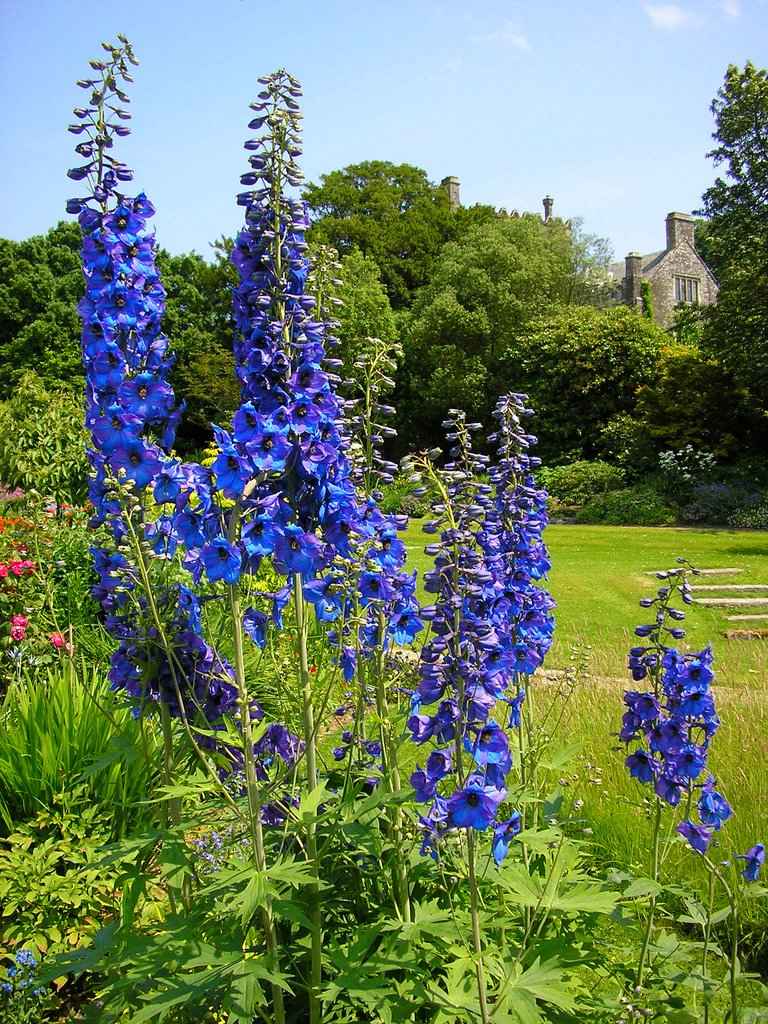
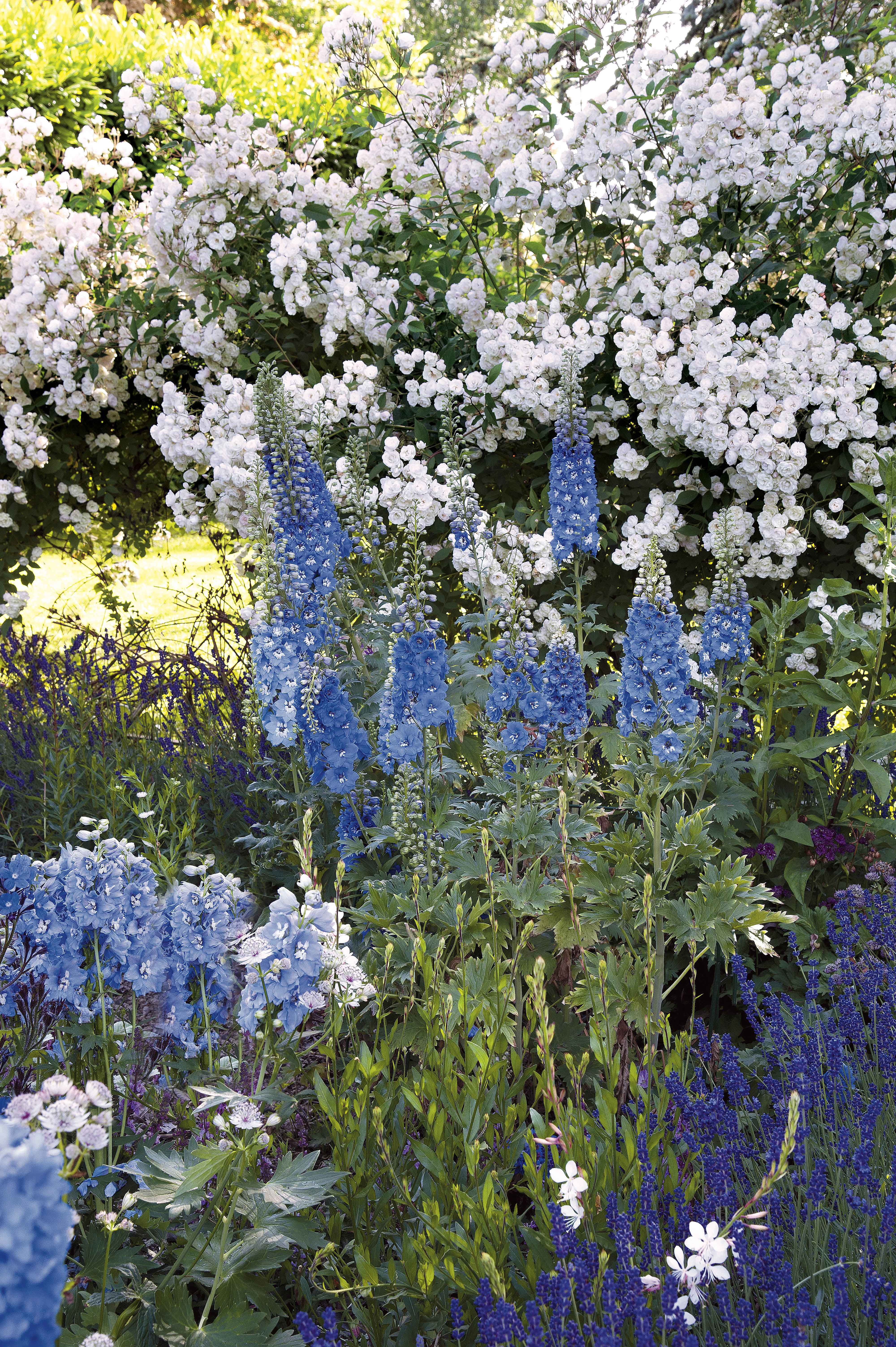

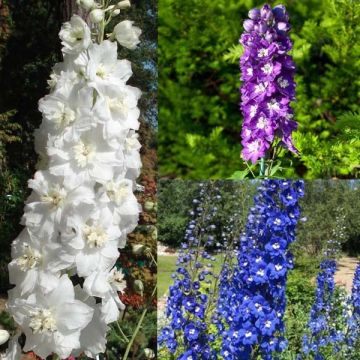
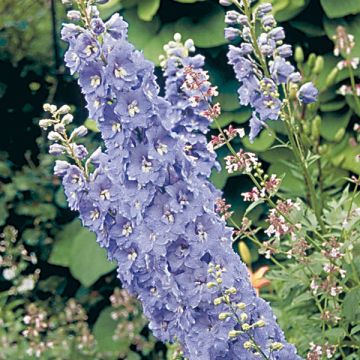
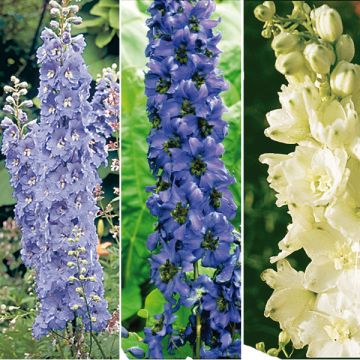
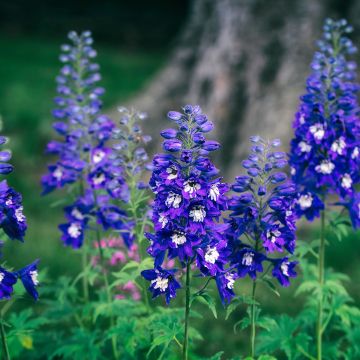
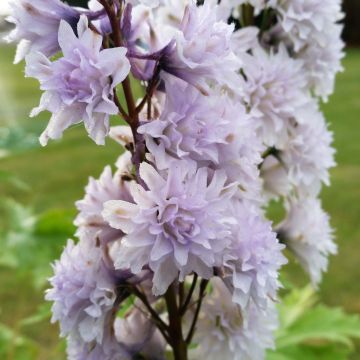
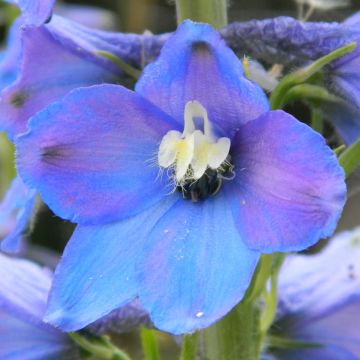
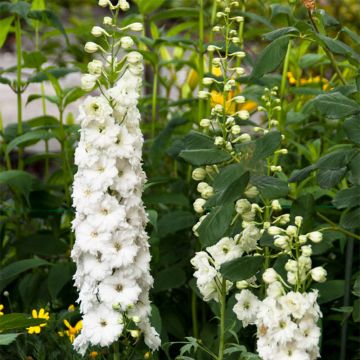
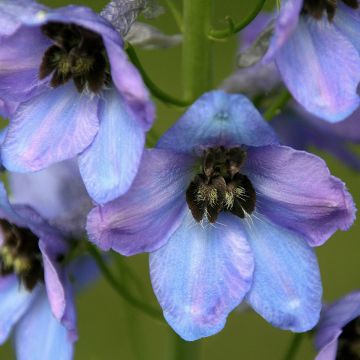

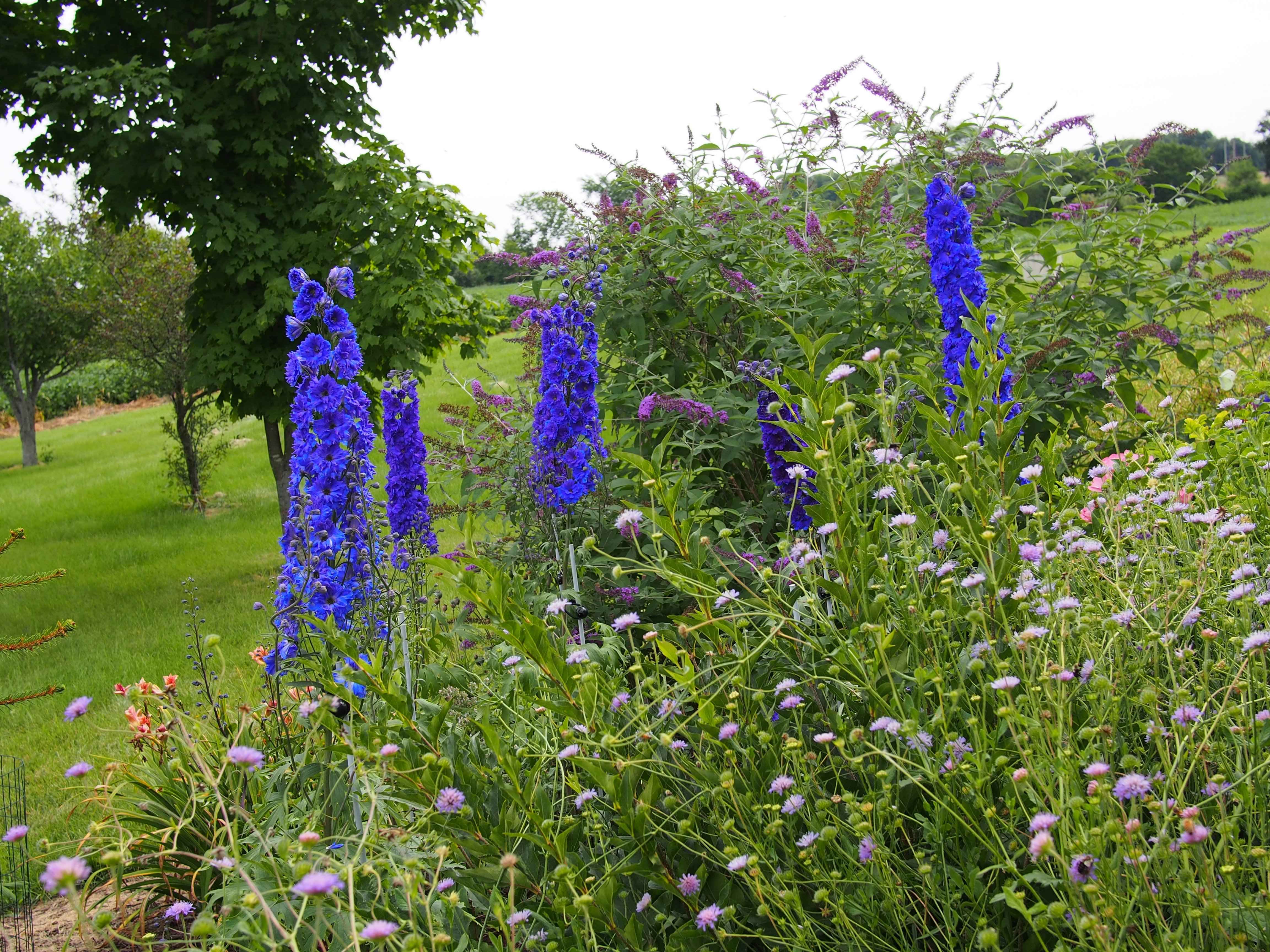
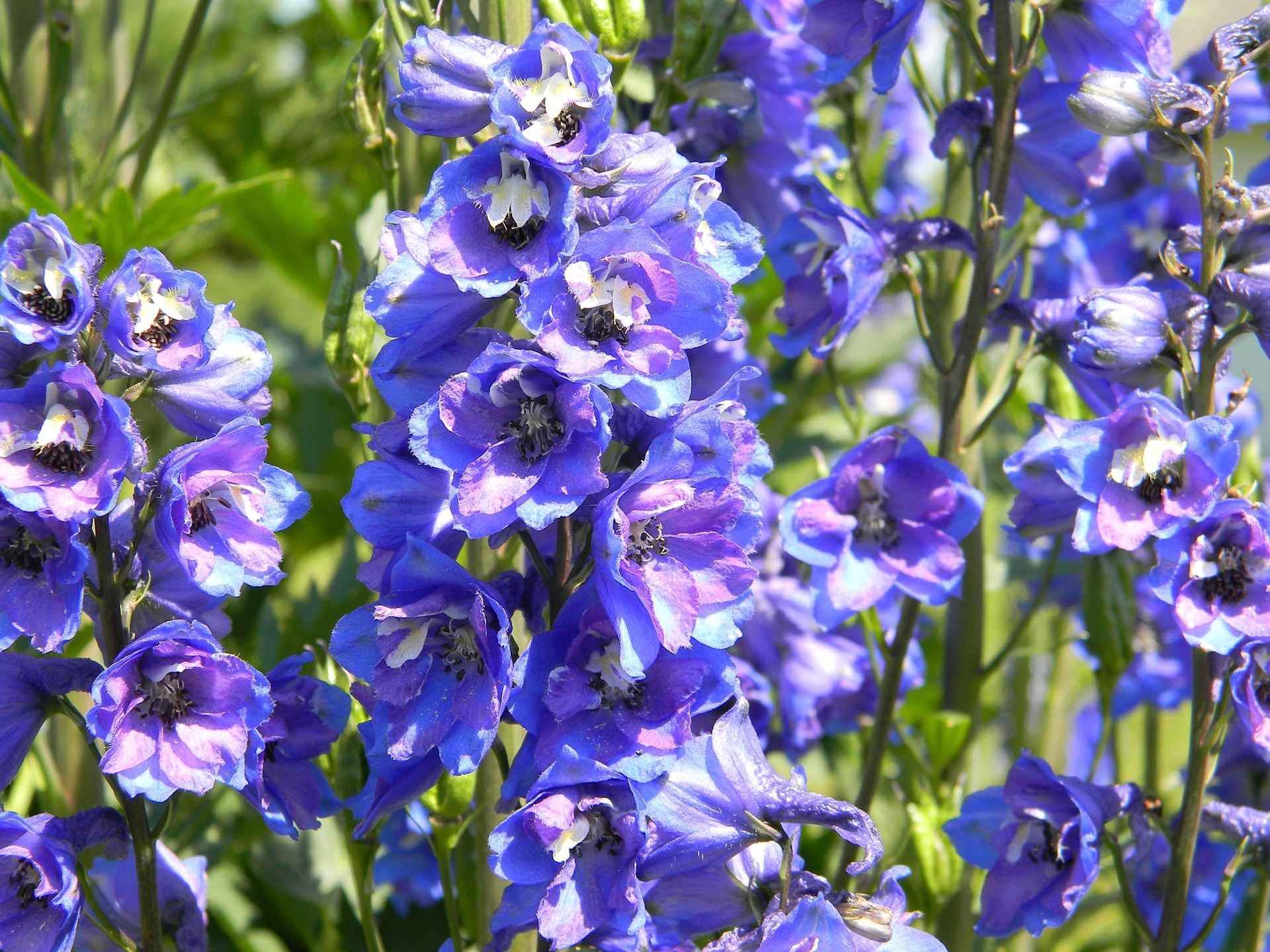
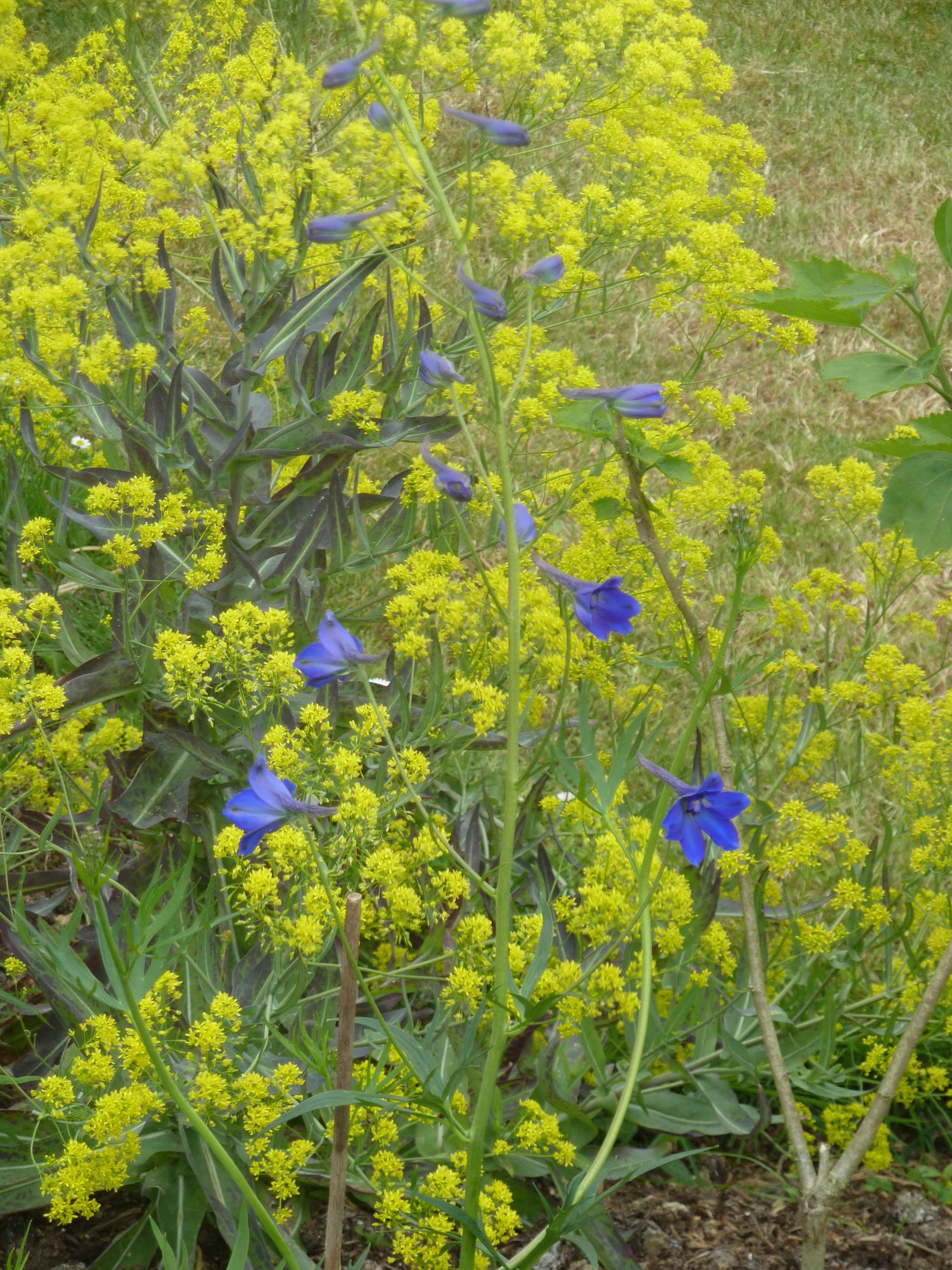
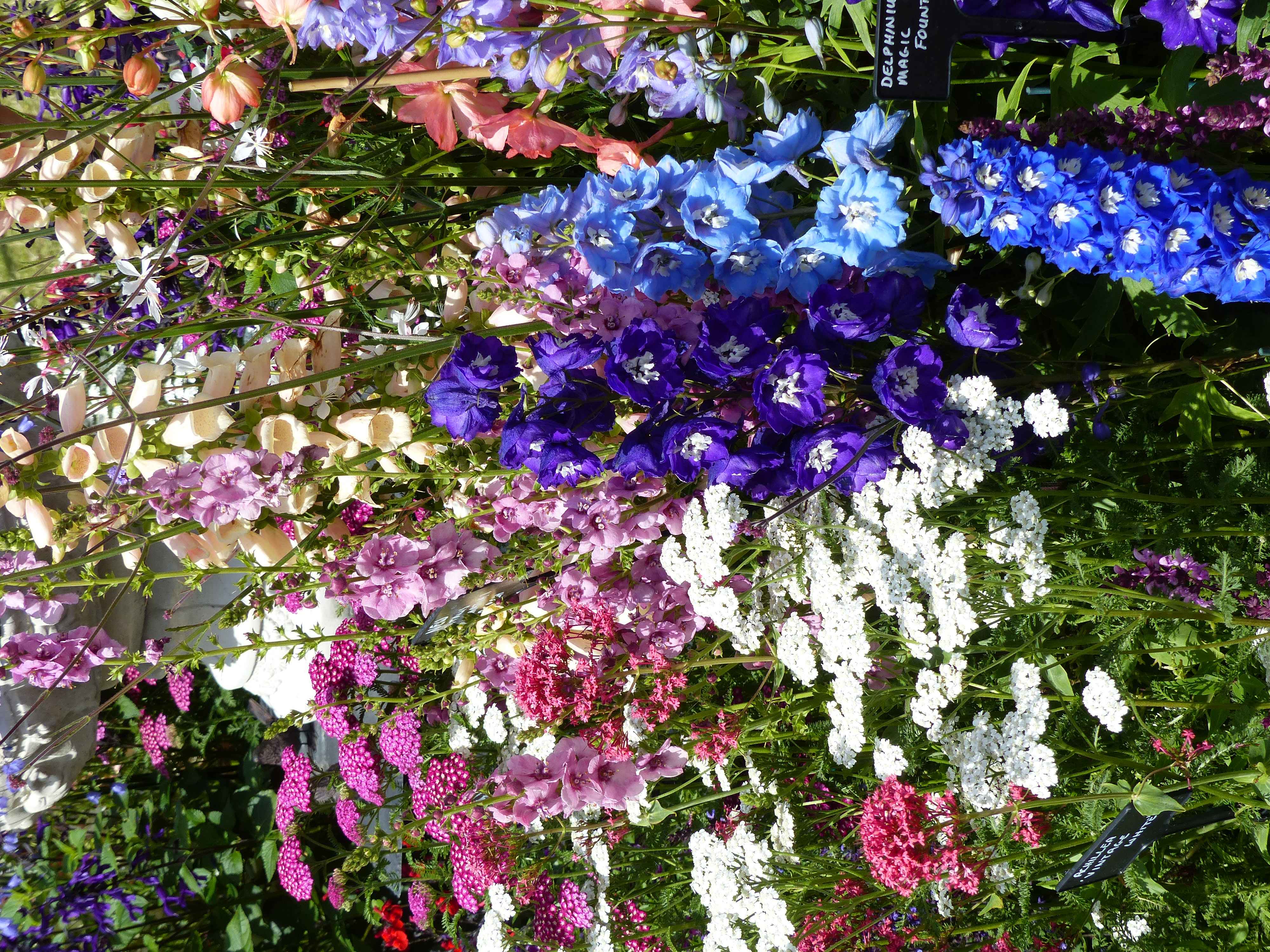
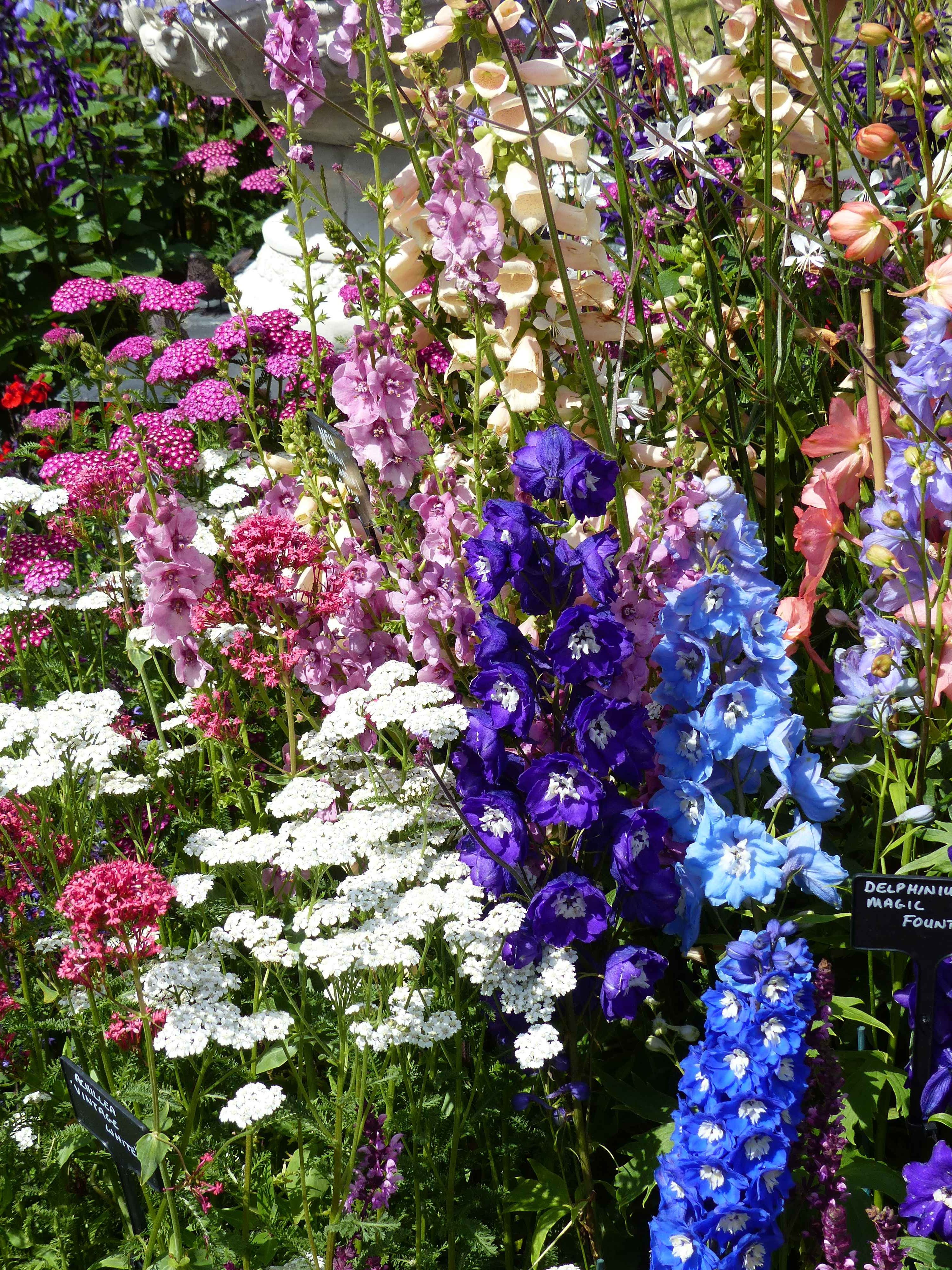
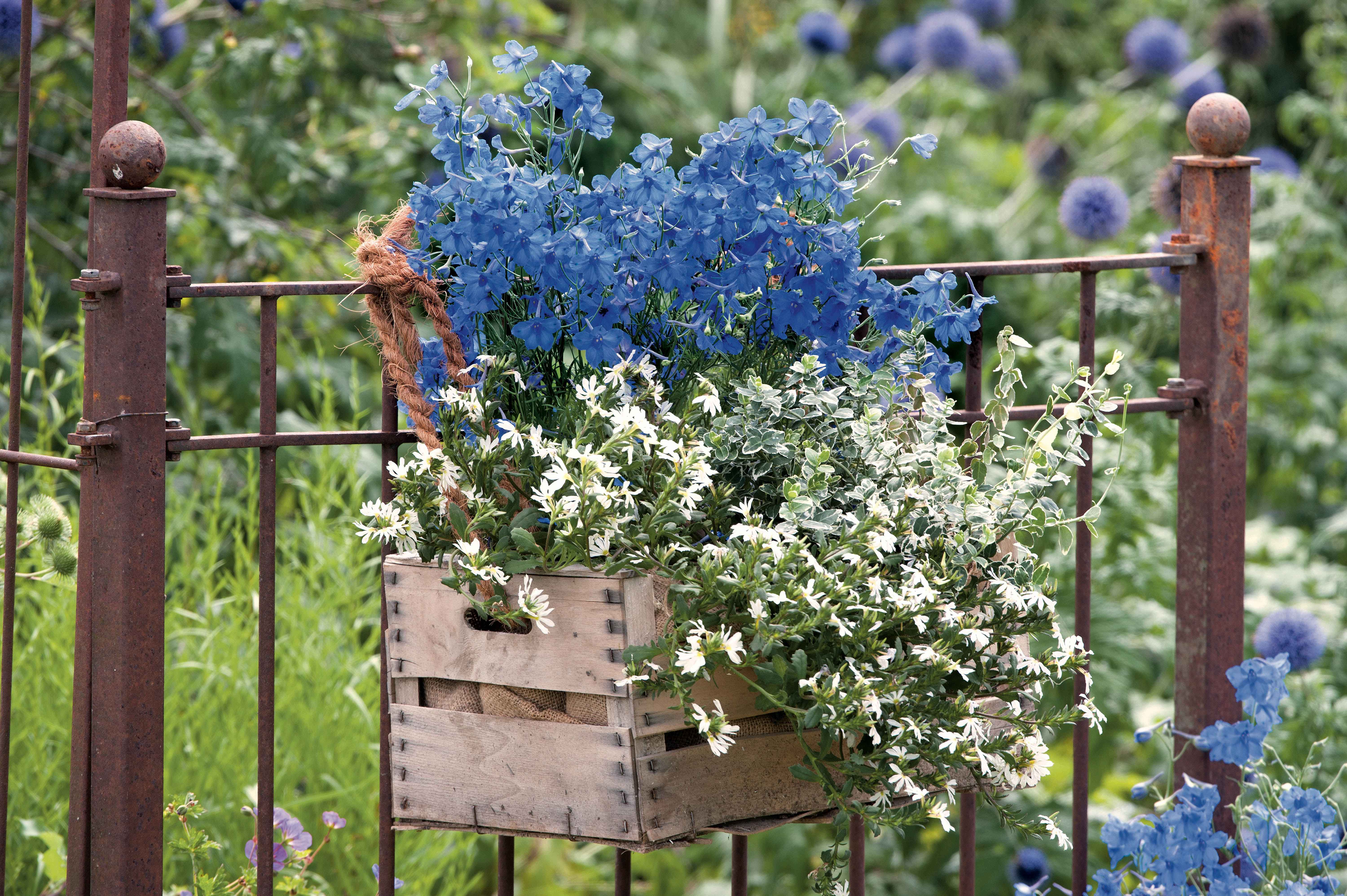
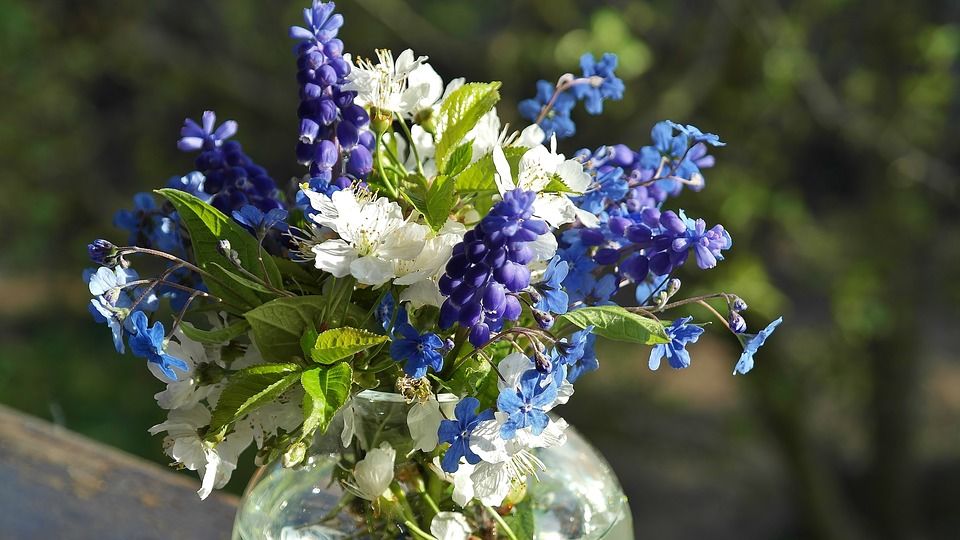
Comments